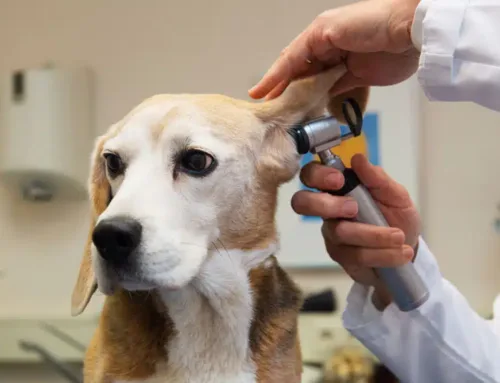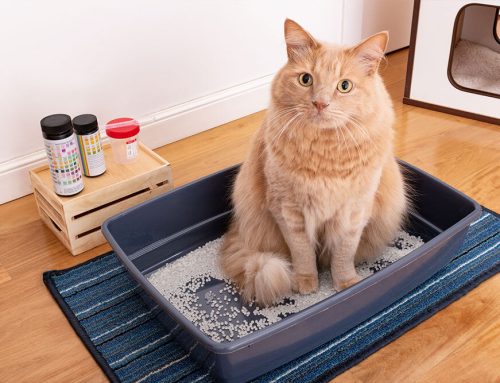You strive to provide your beloved pet the best care and protection possible, but the unexpected is always an unknown. An accident or sudden illness could arise at any time, along with costly veterinary bills, and you could end up having to make decisions about your pet’s care based on finances. This brings up an important question: Does your pet need health insurance? Our Fairfax Veterinary Clinic team explains the world of pet insurance to help you make an informed decision about whether it’s right for you and your pet.
The role of pet insurance
Pet health insurance is designed to ease the financial burden of unexpected veterinary expenses. Like human health insurance, it provides coverage for diagnostics, medications, treatments, and surgeries when an illness, accident, or injury arises. Pet insurance offers powerful peace of mind, knowing you can approve the best care for your pet without the added stress of deciding how you will pay.
Benefits of pet insurance
Pet health insurance provides many benefits for pets and their owners, including:
- Financial protection — Pet insurance can prevent an unexpected veterinary bill, which can reach thousands of dollars for a pet emergency, from depleting your savings or forcing you to make difficult choices about your pet’s care.
- Access to quality care — With insurance coverage, you can approve the best available diagnostics and treatments for your pet, instead of having to settle for second- or third-tier treatment plans that cost less.
- Budget-friendly — You will pay a monthly premium for your pet’s plan, but this allows you to budget for your pet’s healthcare instead of having to come up with a large amount at once.
How to choose a health insurance plan for your pet
If you decide to purchase a pet insurance plan for your furry friend, the process can be overwhelming. We recommend researching different providers and plans to find the option that best suits your pet’s needs.
#1: Consider your pet’s needs
Before purchasing a plan, consider your pet’s age, breed, and overall health. The best time to enroll your pet is when they are young and healthy since pre-existing conditions will not be covered. However, pet insurance can still be a good investment for older pets, who are likely to develop health conditions as they age. Insurance is also a good choice for purebred pets with known breed-specific health issues.
#2: Choose the right policy
Most pet insurance providers offer two main policy types:
- Accident-only plans — This is the most cost-effective plan type since it covers only accidents and emergencies. Pets of any age can have an unexpected accident, so the cost is typically not based on your pet’s age.
- Accident and illness plans — This plan type is more comprehensive and covers illnesses, such as vomiting, urinary issues, and allergies, in addition to accidents.
Additionally, many providers offer wellness care coverage that you can add to the base plan to cover costs for routine care, such as vaccinations, parasite prevention, and dental cleanings.
#3: Customize your plan
Like human health insurance companies, pet insurance companies allow you to choose from a range of options to reach a monthly premium that fits your budget. These options include:
- Deductible — The deductible is the amount you will pay for your pet’s care before your insurance coverage kicks in. This is also sometimes referred to as a co-pay. Choosing a higher deductible will lower your monthly premium.
- Reimbursement rate — The reimbursement rate is the percentage of your vet bill that the provider will reimburse. Typical reimbursement rates range from 70% to 90%, although a few providers offer 100% reimbursement. Higher reimbursement rates will increase your monthly premium.
- Annual coverage limit — Many providers limit the amount they will pay out each year, although a few offer unlimited coverage. Coverage limits typically reset each year, although some providers set lifetime limits.
#4: Read the fine print

Before enrolling your pet in a plan, ask to read a sample policy and ensure you understand the policy’s limitations, including any conditions excluded from coverage and extended waiting periods. We also recommend reading online customer reviews, which can often reveal red flags you should consider before signing up.
A pet insurance policy can provide a financial safety net that allows you to provide the care your pet needs in any situation. Carefully research pet insurance plans to determine which provider and options are best for your circumstances. Schedule an appointment with our Fairfax Veterinary Clinic team if your pet needs a physical exam before enrollment or if you have any questions.








Leave A Comment